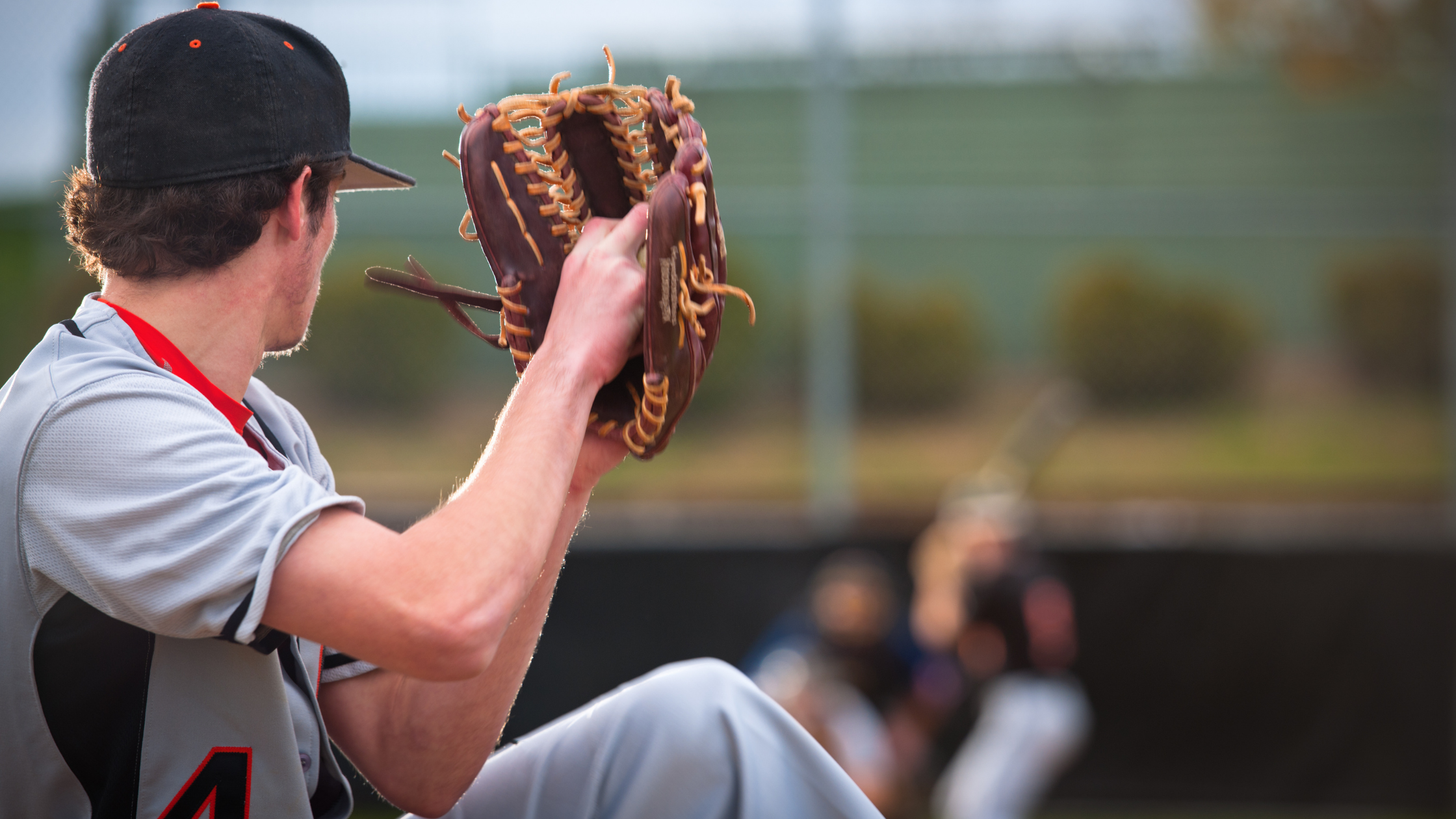
29 Oct Do I Need Tommy John Surgery?
If you’re an athlete, you’ve likely heard of Tommy John surgery before. Although this procedure is typical for baseball players, anyone who puts excessive amounts of stress on the elbow joint is at risk for needing surgery. At New York Sports Medicine Institute, our team is well versed in performing surgery on the elbow joint. Our sports medicine expert, Dr. Neil Roth, will help athletes determine if this surgery is right for them and help with their rehab following their procedure.
When Do I Need Tommy John Surgery?
Tommy John surgery is performed on patients who have suffered a tear in their ulnar collateral ligament. Throwing athletes are the most likely to suffer from this type of injury, which is why Tommy John Surgery is synonymous with baseball. However, athletes of any sport may require it, like with star NFL quarterback Ben Roethlisberger in the 2019 season. If you believe you need this procedure, our team at New York Sports Medicine Institute should be your first call.
Symptoms That Point To This Injury
As an athlete, it’s normal for your body to experience aches and pains throughout a season. Sometimes, it’s perfectly fine to play through them. However, one must be able to determine when a critical injury has taken place. Trying to play through an ulnar collateral ligament can have devastating effects, leaving you to spend more time away from your team than if you had the operation right away. Should you begin to experience any of the below symptoms, Tommy John surgery is likely in your future:
- Experiencing a popping sound at the time of the injury.
- Swelling of the inside part of your elbow.
- Elbow stiffness and limited range of motion.
- Bruising at the site of the injury.
- Problems with grip.
Causes Of Ulnar Collateral Tears
Knowing what can cause an ulnar collateral ligament tear is your first line of defense against this injury. By having a full understanding of this injury, our team hopes that you’ll take the precautionary actions needed to avoid having it take place. Overuse is typically the most common cause of a UCL tear. Repeated throwing motions, like what takes place while pitching a baseball, can cause the ligament to stretch out and fray. Continued overuse can lead to a complete tear of the ligament, which requires surgery to correct. When you begin to feel pain in your elbow or forearm when throwing, we recommend making an appointment with our team before returning to your normal activities.
During The Surgery
Sometimes even after precautionary measures have been utilized, an injury cannot be avoided. When this is the case, Tommy John surgery may be the only option. Dr. Roth will perform this surgery to help you get back to full strength. During the procedure, he will smooth out any frayed edges of the damaged ligament and remove any dead tissue. In cases of a complete tear, a tendon will be taken from another part of the body to replace the damaged UCL.
Recovery Outlook
Most patients will be able to recover from this procedure fully. However, the recovery process will not happen overnight. It is typically broken out into three stages, which are listed below:
- Stage 1: Your arm will be placed in a brace that holds your elbow at an angle of 60 to 90 degrees for about two weeks.
- Stage 2: Two weeks following your procedure, you’ll be able to start moving your elbow. However, when you’re not moving your elbow or undergoing physical therapy, your arm will need to be in a brace.
- Stage 3: About a month after entering stage 2, stage 3 can begin. You’ll be able to get rid of your brace and start to extend your elbow fully. It typically takes a few months after entering stage 3 to recover fully.
Contact Us
When dealing with an elbow injury, don’t hesitate to contact our team at New York Sports Medicine Institute. Dr. Roth can perform a full assessment of your condition, and if necessary, administer the Tommy John surgery required for you to get back with your team.

